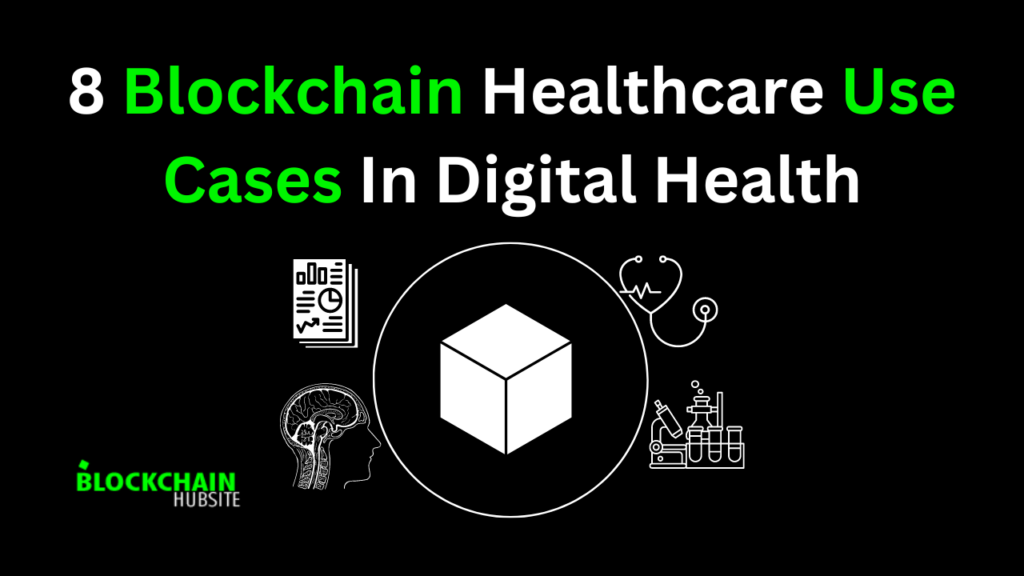
Table of Contents
Introduction
The primary purpose of a blockchain explorer is to enable any user to quickly access, search, analyze, and verify transactions and activity on public blockchain networks. Blockchain explorers provide essential transparency, accountability, and education on how these networks function, as blockchains like Bitcoin and Ethereum facilitate an increasing number of financial transactions and services.
A specific type of web-based software tool for exploring and retrieving data from blockchains is known as a blockchain explorer. The decentralized, peer-to-peer method that blockchain technology uses to record and openly share data without a central authority has aided its rapid rise to prominence. However, without blockchain explorers, it would be impossible to make sense of and monitor the massive volumes of activity on blockchains.
These fundamental functions enable users to keep an eye on fee statistics, verify activity, check wallet balances, search for transactions, and retrieve other crucial data kept on the distributed, unchangeable digital ledger that blockchains employ. Explorers serve various functions, such as regulatory compliance, problem-solving, trust-building, and learning, by rendering data on blockchain networks accessible and understandable.
Understanding Blockchain Explorers

Understanding several significant aspects of the nature and functionality of blockchain explorers is crucial to fully appreciating their goal. A blockchain explorer is a web application service that indexes and extracts data on transactions, blocks, network activity, and other topics by connecting to the peer-to-peer nodes comprising a blockchain network. These services parse and cache the unprocessed blockchain data into user-friendly interfaces and visuals that humans can examine.
Specific companies or individuals operate blockchain explorers, contrasting with the decentralized supervision governing the blockchain network itself. However, reputable blockchain explorers typically only read and format data from a blockchain to facilitate easier search and understanding without altering any existing data.
- Blockchain explorers come in a variety of capacities; however, the majority include similar features such as:
- Use identifiers like wallet addresses or transaction hashes to search for transactions and display related information such as dates, recipient addresses, and transmitted amounts.
- View information about certain blocks that have been mined, such as the transactions that are included in the block, the identity of the miner, and metrics such as block size and confirmation time.
Access summaries detailing the current state of the blockchain network, including the quantity of related cryptocurrencies or crypto tokens available, transactions, and the total number of addresses that are active.
Types of Blockchain Explorers

Public Explorers
The third-party platforms known as public blockchain explorers make it simple for anybody to look up, inspect, and examine contracts, tokens, addresses, transactions, and other on-chain data. They offer intuitive online interfaces for blockchain navigation and transparency. You can use public explorers such as Blockchain.info and Etherscan without having to run your own node. They are available for free or through premium subscription options. Public explorers join the blockchain network as an indexed node to obtain their data. They are helpful for analysts to extract blockchain insights, developers to create Dapps, and regular users to search data.
Private Explorers
A single organization operates private blockchain explorers for internal access and blockchain data analysis. Private businesses with internal synchronization nodes, such as banks, accounting firms, or supply chain corporations, can operate their own explorer. Only authorized users are able to access this for security and privacy reasons. Private explorers support regulatory compliance, asset tracking, problem identification, and internal transaction analysis. They offer operational information and fine-grained visibility that aren’t accessible through open explorers. The expense of maintaining your own synchronized node architecture is the trade-off.
Hybrid Explorers
Hybrid blockchain explorers provide access to both public and private blockchain data. The public can freely browse their explorer interface. Access to additional data analytics not available to the public is restricted to internal users. Hybrid methods offer a balance between public transparency and private control. They are useful for permissioned blockchains that must distribute data openly while simultaneously providing private monitoring. Blockchain core developers or third parties can run hybrid explorers. The business approach combines monetized internal tools with free public searches.
Key Features and Components

Blockchain explorers offer an abundance of capabilities and information to support tasks such as monitoring, analysis, debugging, and education about blockchain networks. Even though each explorer has distinct settings, most of them have similar essential features, such as:
Search functionality
Using identifiers such as wallet addresses, transaction hashes, block heights, and more, explorers enable searching for transactions, blocks, wallet addresses, and other on-chain activities. In this way, data can be extracted using focused queries.
Transactional Details
On the blockchain, users have the ability to examine specific information about any transaction, such as the sending and receiving addresses, exact amount sent, timestamp, transaction fee paid to miners, and confirmation status.
Block Information
Explorers provide information about each block that makes up the blockchain, such as which transactions are packaged within a certain block, who mined it, and metrics like block size, timestamp, and mining difficulty.
Address Tracking
Explorers can track all transactions sent or received by a certain wallet address, as well as balances and other activity, by searching for or bookmarking them.
Network Status Monitoring
Views of the whole state of the blockchain network are available to users, including details on the total number of transactions, addresses used, and cryptocurrency assets in circulation, along with statistics on mining difficulty, hashrate, and volume of transactions occurring in real time.
With no other reliable source for activity data analysis, blockchain explorers are essential for bringing transparency to proof-of-work networks like Ethereum and Bitcoin.
Information about hash rates
The hash rate is a measure of the processing power used to mine blocks on a blockchain. Blockchain explorers can offer statistics or visualizations of the hash rate, which indicates the degree of activity and security on the blockchain. In general, a blockchain network with higher hash rates is considered more secure.
Mempool size
The mempool is the collection of unconfirmed transactions that are waiting to be added to a block. A blockchain explorer has the ability to show the mempool’s size, which is a measure of how much activity is taking place on the network. With the aid of this information, you can monitor the number of pending transactions and the network backlog.
Transaction volume
The number of confirmed outputs on the blockchain for a given period of time, typically the last 24 hours, is reflected in the transaction volume data that blockchain explorers frequently offer. It aids in your evaluation of the blockchain network’s utilization and activity level.
Pricing
Some blockchain explorers feature a pricing area with an accumulated USD price feed from multiple markets. The price feed source usually determines this information; therefore, it might not always represent spot pricing. It does, however, provide you with a quick reference for cryptocurrency values.
Utilization Across Different Blockchain Networks
Although the primary function of all blockchain explorers is the same, they may all analyze and provide data that is specific to the blockchain network that they are designed to watch.
Bitcoin Explorers
Due to its high market capitalization, Bitcoin has given rise to a great number of explorers that follow its transactions. Examples of platforms that offer comprehensive information on all activities taking place on the Bitcoin blockchain are Blockchain.com, Blockchair, and OXT.
Ethereum explorers
As the second most valuable blockchain network, Ethereum explorers such as Etherscan and Etherchain enable users to search for transactions, smart contracts, tokens, NFTs, and other bespoke activity permitted by Ethereum’s programmability.
Other blockchain platforms
More recent smart contract networks, such as Polygon, Avalanche, and Solana, each have their own specialized explorers that offer functionality specific to their chains and transparency appropriate for transactions. Specialized explorers are also frequently available for crypto coins.
Customizing blockchain explorers to fit various networks and their unique datasets, even when they have similar features, enables a more thorough examination of how each blockchain is used over time in various contexts, such as transactions, decentralized finance, NFTs, and more.
Challenges and Limitations
Nevertheless, exploring blockchain data is not without its difficulties, just like any adventure. To be more specific, one may unintentionally reveal personal information due to the open and transparent nature of storing data on a blockchain. Users also need to be aware of the potential risks, which include phishing attempts, misinformation, and privacy concerns, as well as breaking regulatory guidelines like the GDPR.
Thus, when navigating this subject, it’s crucial to exercise caution about your privacy. It is possible for malicious actors to use false blockchain explorer platforms to deceive you into disclosing private information; therefore, exercise caution and make sure the explorer you are using is legitimate.
Conclusion
Blockchain explorers play an important role in exposing activity and transactions on public blockchains such as Bitcoin and Ethereum in order to promote transparency, accountability, education, analytics, and other benefits. Explorers make blockchain technology more accessible and democratized by building searchable and indexable interfaces to data that would otherwise be unavailable to regular users. Despite issues in privacy, scale, accuracy, and usability, blockchain explorers will only become more useful as the use of crypto assets and decentralized systems accelerates across finance and society as a whole.
In the future, explorers will need to continuously innovate in order to keep up with the quick progress of blockchain technology and fulfill their fundamental role as the windows through which the rest of the world can view and comprehend blockchain ecosystems. In the end, developing explorers is essential to realizing the full potential of safe and decentralized methods for transactions, governance, and data sharing.




